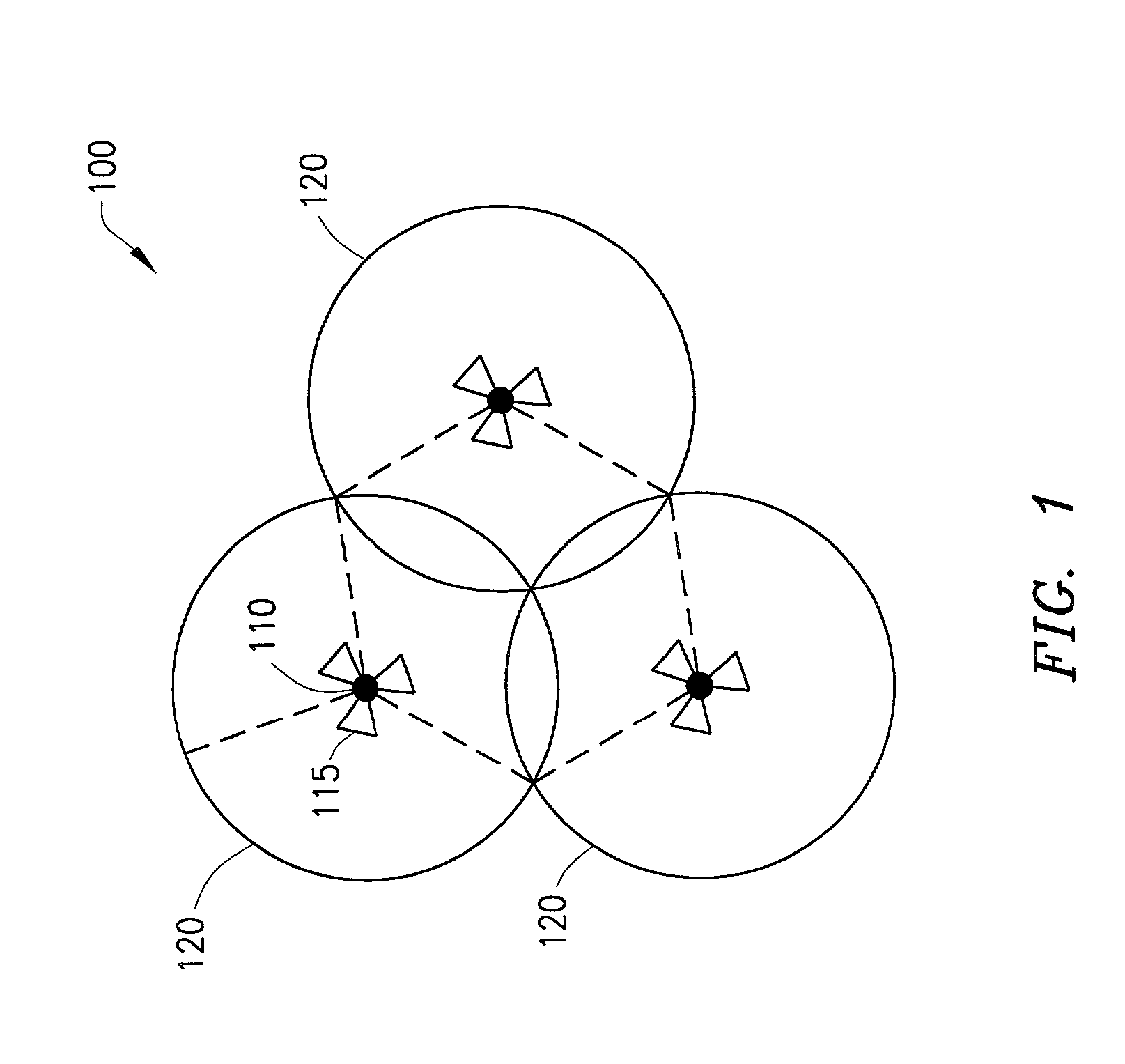Partly orthogonal multiple code trees
a code tree and orthogonal technology, applied in orthogonal multiplex, multiplex communication, baseband system details, etc., can solve the problems of limited resources in wcdma downlink, system interference, and limited orthogonalized set of channelization codes in a code tr
- Summary
- Abstract
- Description
- Claims
- Application Information
AI Technical Summary
Problems solved by technology
Method used
Image
Examples
Embodiment Construction
[0022]The numerous innovative teachings of the present application will be described with particular reference to the presently preferred exemplary embodiments. However, it should be understood that this class of embodiments provides only a few examples of the many advantageous uses of the innovative teachings herein. In general, statements made in the specification of the present application do not necessarily delimit any of the various claimed inventions. Moreover, some statements may apply to some inventive features but not to others.
[0023]The present invention solves the limitation problem of the channelization codes by using multiple code trees. These multiple code trees each structured in a way to minimize the interference in the system. “Secondary” scrambling codes are created using the same seed as the first scrambling codes but further scrambled in a special way as described with reference to the preferred embodiments mentioned thereafter.
[0024]Referring to FIG. 1, there is...
PUM
 Login to View More
Login to View More Abstract
Description
Claims
Application Information
 Login to View More
Login to View More - R&D
- Intellectual Property
- Life Sciences
- Materials
- Tech Scout
- Unparalleled Data Quality
- Higher Quality Content
- 60% Fewer Hallucinations
Browse by: Latest US Patents, China's latest patents, Technical Efficacy Thesaurus, Application Domain, Technology Topic, Popular Technical Reports.
© 2025 PatSnap. All rights reserved.Legal|Privacy policy|Modern Slavery Act Transparency Statement|Sitemap|About US| Contact US: help@patsnap.com



